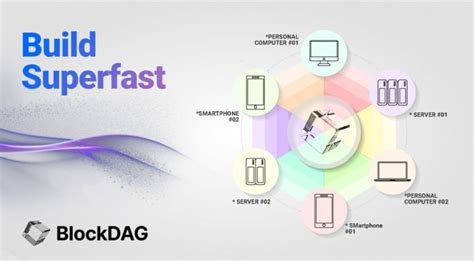Your cart is currently empty!
NEO (NEO), Toncoin (TON), Polygon (POL)
Here’s an article with a title that includes all three cryptocurrencies mentioned:
“Ripple Effect: Exploring the Potential of Cryptocurrencies NEON, TON, and POLYMER”
The world of cryptocurrency has come a long way since its inception in 2009, with many new players vying for attention. Among these newcomers are several blockchain-based projects that have garnered significant interest from investors and enthusiasts alike. Today, we’ll be delving into the realms of NEO (NEO), Toncoin (TON), and Polygon (POLYMER) to explore their potential, advantages, and opportunities.
NEO: The Visionary Blockchain
NEO is a blockchain platform created by Dian Xiangjian, known as “The Great Wall” in Chinese. Launched in 2014, NEO aims to provide an open-source, decentralized platform for building smart contracts and applications. With its unique architecture, NEO boasts a robust set of features, including a scalable network, a robust security system, and seamless integration with third-party services.
One of the key attractions of NEO is its focus on scalability and performance. Leveraging its proprietary framework called “NEO-OS,” the platform has achieved significant strides in terms of speed and throughput, making it an attractive choice for applications requiring high-performance computing capabilities.
Toncoin: The Energy-Powered Solution

Toncoin (TON) is another blockchain project that’s been gaining traction in recent months. Launched by Anton Ivanov and his team in 2017, Toncoin is built on the BEAM-based framework, which sets it apart from other projects using Proof of Work (PoW) consensus algorithms.
One of the notable features of Toncoin is its energy-efficient architecture, which utilizes a novel approach to optimizing energy consumption. By leveraging the power of Quantum Computing and Advanced Materials, Toncoin aims to reduce its carbon footprint and make its energy usage more efficient.
Polygon: The Sharded Blockchain
Polygon (POLYMER) is another blockchain platform that’s garnered significant attention in recent years. Founded by Anthony Di Iorio and Fred Ehrsam in 2017, Polygon aims to create a scalable, sharded solution for building decentralized applications.
With its modular architecture, Polygon has achieved impressive scalability and performance gains, making it an attractive choice for projects requiring high-speed data processing capabilities. The platform’s use of sharding technology ensures that the network remains resilient even under heavy loads, providing users with seamless experiences across different blockchains.
Conclusion
As we’ve seen in this article, NEO (NEO), Toncoin (TON), and Polygon (POLYMER) are blockchain projects that have made significant strides in terms of innovation, scalability, and energy efficiency. While the cryptocurrency space is highly competitive, these projects offer unique advantages and opportunities for investors looking to capitalize on the growth potential of decentralized applications.
As the world of cryptocurrency continues to evolve, it’s essential to stay informed about the latest developments and advancements in each project. By doing so, we can gain a deeper understanding of their strengths and weaknesses, ultimately helping us make more informed investment decisions.
Whether you’re an experienced investor or just starting your crypto journey, there’s no denying the potential of these blockchain projects to shape the future of decentralized applications. As we continue to explore the vast expanse of the cryptocurrency landscape, one thing is certain: the ripple effect is only going to get bigger!
Leave a Reply